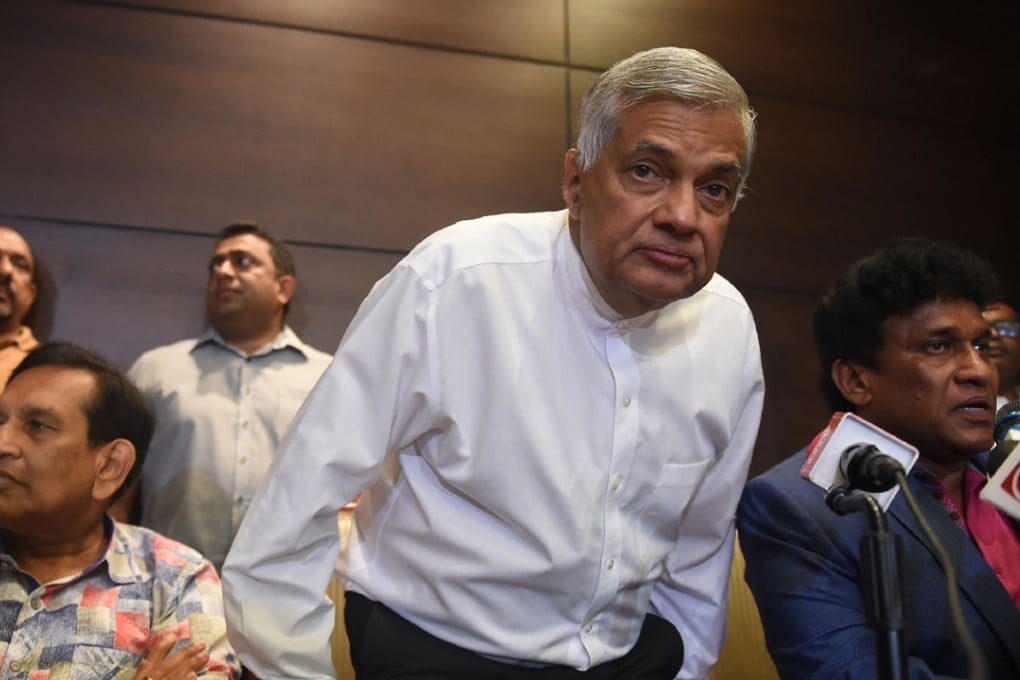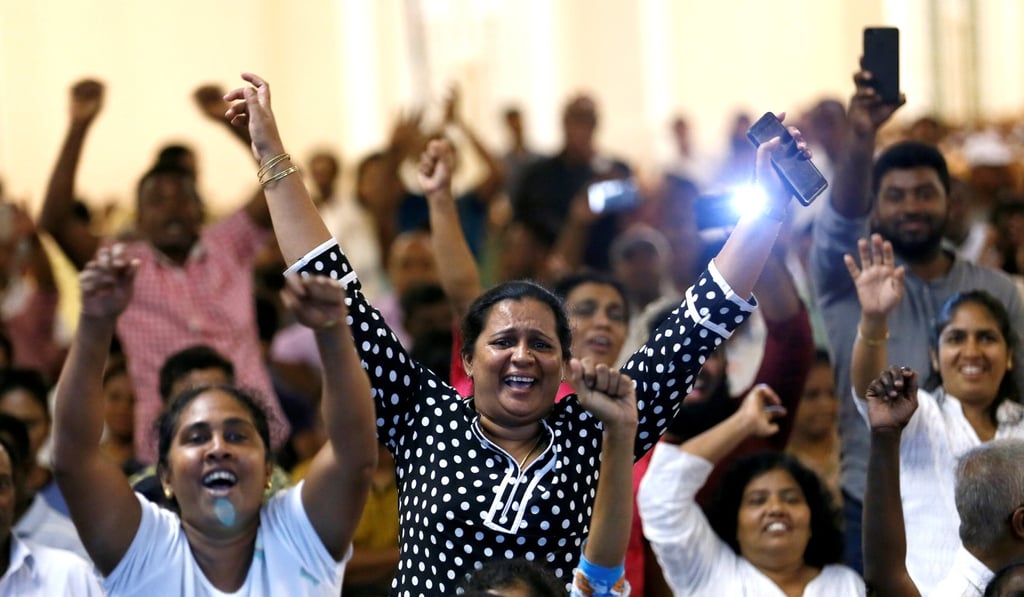What Rajapaksa’s return means for China-India tug of war over Sri Lanka
- Sri Lankan President Maithripala Sirisena came to power on an anti-China agenda
- But his ousting of prime minister Ranil Wickremesinghe in favour of the former strongman leader suggests a shift in position

On Friday, Sirisena sacked Wickremesinghe and his cabinet and installed the former strongman president Mahinda Rajapaksa as the new prime minister, triggering a political crisis.
On Sunday, in a televised address to the nation, Sirisena claimed Wickremesinghe’s dismissal was linked to a plot to assassinate him and a former defence secretary. According to The Hindustan Times, he said a person questioned by investigators said a minister was involved in the plan and so he had no choice but to dismiss the prime minister and his cabinet.
Wickremesinghe has refused to accept the decision while others are horrified that Rajapaksa, accused of human rights violations and corruption, is back in power. In response, Sirisena has suspended parliament, where Wickremesinghe commands majority backing, until November 16.
